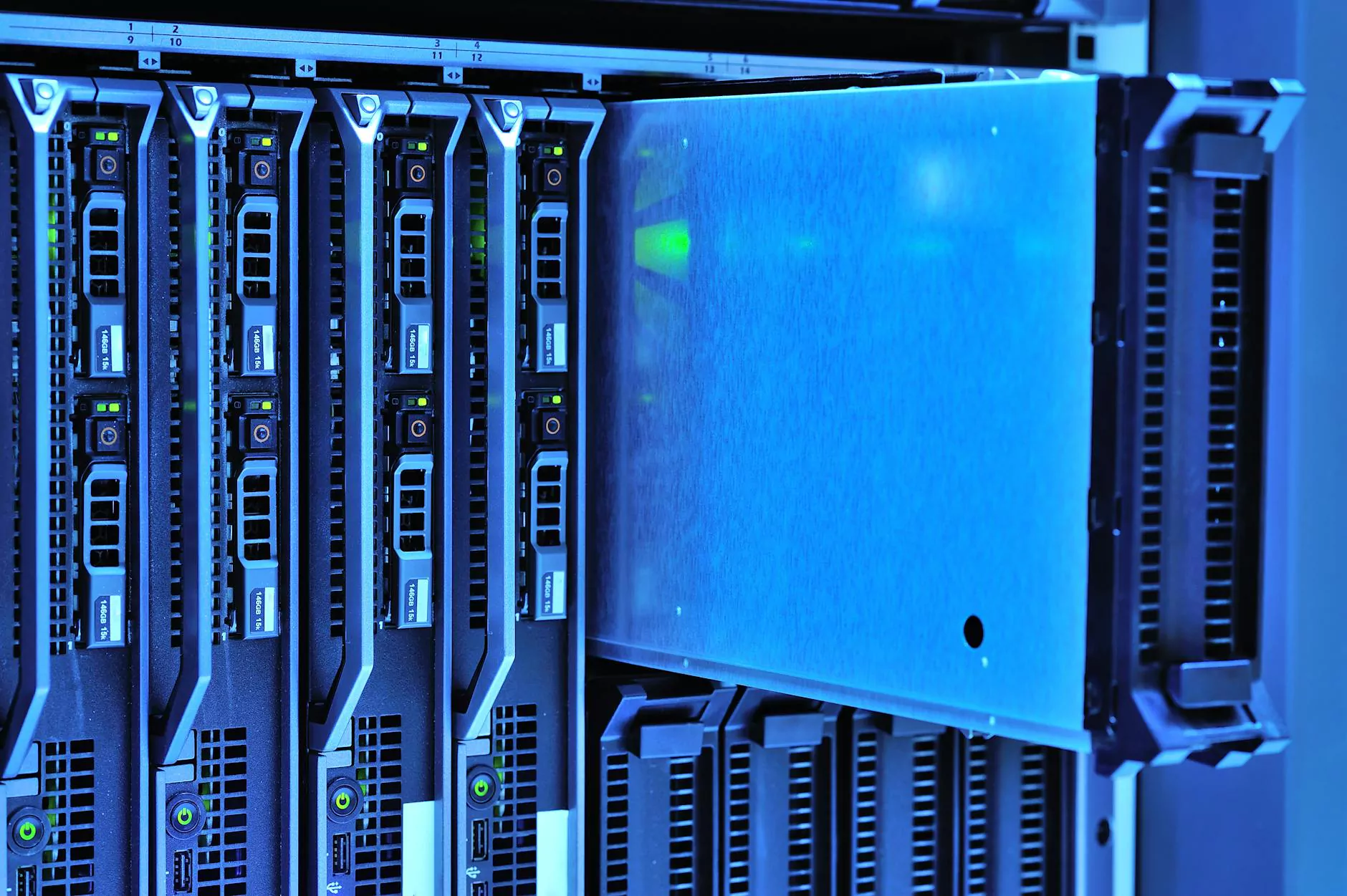Production, Staging, and Development Environments

When it comes to building and managing successful websites, understanding the importance of production, staging, and development environments is vital. These environments play a crucial role in ensuring seamless website operations, efficient testing, and minimizing potential risks. In this article, we will delve into the details of these environments and their significance in the digital marketing landscape.
What are Production, Staging, and Development Environments?
Production, staging, and development environments are distinct areas that facilitate website development, testing, and deployment processes. Each environment serves a specific purpose and offers a controlled space for carrying out various tasks. Let's explore each environment in more detail:
1. Production Environment
The production environment is where the final version of your website or web application resides. It is the live version that is accessible to users. This environment requires utmost stability, security, and reliability as any issues can directly impact your users' experience and your business's reputation. It is essential to thoroughly test any changes or updates before deploying them to the production environment to avoid any potential disruptions.
2. Staging Environment
The staging environment serves as a replica of the production environment, allowing you to test changes and updates before they go live. It provides an opportunity to verify the functionality, performance, and compatibility of your website or application with a real-world-like setup. By testing in a controlled staging environment, you can identify and rectify any issues or bugs before they affect your live website. This helps ensure a smooth transition from the staging to the production environment.
3. Development Environment
The development environment is where web developers and designers work on coding, designing, and building new features or functionality for a website. It allows for experimentation, customization, bug fixing, and continuous improvement. Developers can work in an isolated environment without impacting the live website. This environment enables them to test and refine their code before integrating it into the staging or production environments.
Why Are These Environments Important for Website Development?
The significance of production, staging, and development environments lies in their ability to streamline and enhance the website development process. Let's explore why these environments are crucial:
1. Risk Mitigation and Quality Assurance
By having separate environments, developers can safely test their changes without directly affecting the live website. This minimizes the risk of downtime, data loss, and other potential issues. Staging environments allow for thorough quality assurance testing, ensuring that your website functions flawlessly before it reaches your end users. Implementing proper version control also becomes easier with distinct environments, enabling rollbacks if necessary.
2. Seamless Updates and Deployments
Production environments are meant for live websites, and any updates or deployments need to be carefully planned and tested. Staging environments provide a controlled setting to test updates and ensure they do not negatively impact the production environment. With proper testing in place, you can confidently deploy changes, knowing they have been thoroughly reviewed and approved.
3. Collaboration and Workflow Efficiency
Having dedicated development environments enables multiple developers and designers to work simultaneously on different aspects of a website or application. This promotes collaboration, faster iteration, and better workflow efficiency. Developers can experiment, test new ideas, and refine code without affecting the staging or production environments. With well-established development, staging, and production workflows, teams can work cohesively and deliver high-quality websites and applications.
Conclusion
The effective utilization of production, staging, and development environments is critical for successful website development and deployment. These environments offer developers and businesses the ability to mitigate risks, thoroughly test functionality, and ensure seamless updates. By implementing proper workflows and embracing the importance of separate environments, businesses can enhance their digital presence, optimize user experience, and drive greater success in the competitive online landscape.




